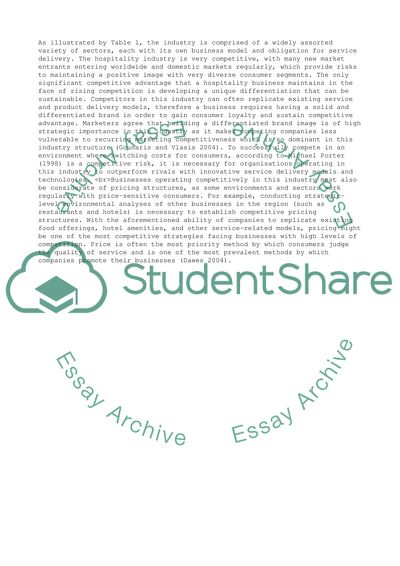Cite this document
(“The Contemporary Hospitality Industry Assignment”, n.d.)
The Contemporary Hospitality Industry Assignment. Retrieved from https://studentshare.org/management/1492310-the-contemporary-hospitality-industry
The Contemporary Hospitality Industry Assignment. Retrieved from https://studentshare.org/management/1492310-the-contemporary-hospitality-industry
(The Contemporary Hospitality Industry Assignment)
The Contemporary Hospitality Industry Assignment. https://studentshare.org/management/1492310-the-contemporary-hospitality-industry.
The Contemporary Hospitality Industry Assignment. https://studentshare.org/management/1492310-the-contemporary-hospitality-industry.
“The Contemporary Hospitality Industry Assignment”, n.d. https://studentshare.org/management/1492310-the-contemporary-hospitality-industry.


